SGGPO
Although the outbreaks of lumpy skin disease in cattle, African swine fever, avian influenza A/H5N1, foot-and-mouth disease, etc. in Quang Ngai province have passed 21 days, they still pose a risk of disease outbreak and rapid spread on a large scale.
On November 3, the People's Committee of Quang Ngai province issued a document to strengthen the prevention and control of terrestrial animal diseases.
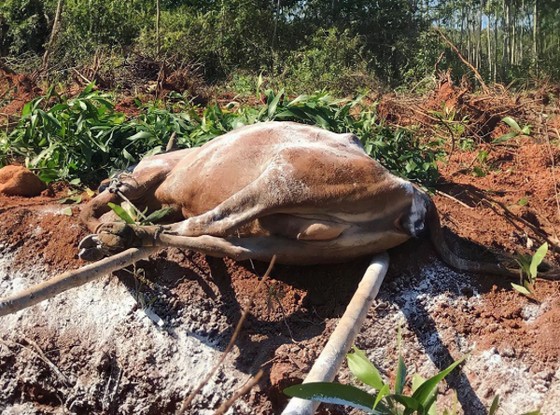 |
Cattle infected with lumpy skin disease in Quang Ngai were destroyed. |
Since the beginning of the year, in Quang Ngai, although terrestrial animal diseases have decreased, they still occur in some localities, such as lumpy skin disease in cattle and buffaloes occurring in 274 establishments with 304 sick calves, 70 of which died and were destroyed; African swine fever occurred in 19 establishments with 253 sick animals, which were forced to be destroyed; avian influenza A/H5N1 occurred in 2 establishments with a total herd of 3,200 sick animals, which were forced to be destroyed; foot-and-mouth disease occurred in 24 establishments with 65 sick cows and 2 pigs.
According to the assessment, although the outbreaks have passed 21 days, the risk of diseases arising and spreading rapidly on a large scale is very high, especially in the last months of 2023 and early 2024. This causes great economic losses, livestock development, and affects human health and the environment.
The Chairman of the Provincial People's Committee requested local departments, branches, and authorities at all levels to focus on synchronously and drastically implementing disease prevention solutions, proactively and promptly controlling all types of terrestrial animal diseases effectively. In particular, the People's Committees of districts, towns, and cities organize accurate statistics on the total herd and number of livestock, recommend the use of vaccines to organize vaccination, booster vaccination, and supplementary vaccination in localities that have had or are having epidemics, high risk, livestock that have been vaccinated but have run out of or are about to run out of immunity, ensuring that at least 80% of the total livestock herd is reached at the time of vaccination and conducting a month of general cleaning, disinfection, and detoxification...
Source













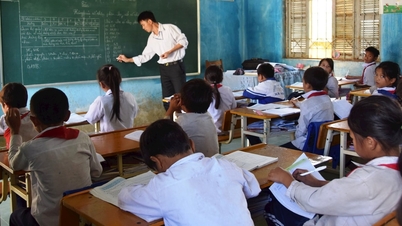




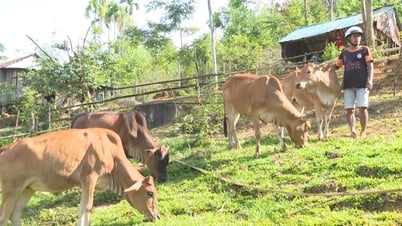
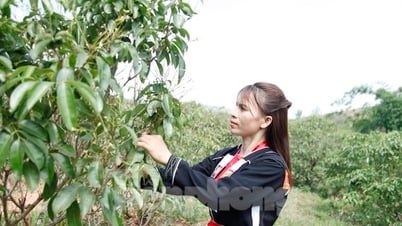


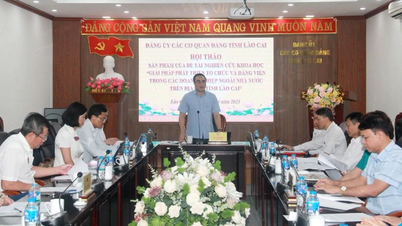
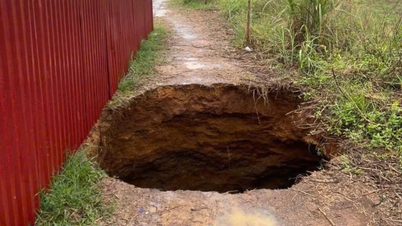

















































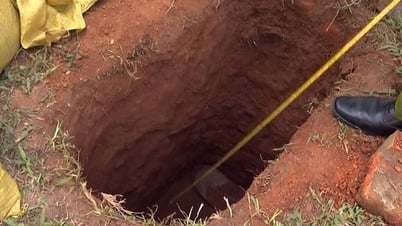

























Comment (0)